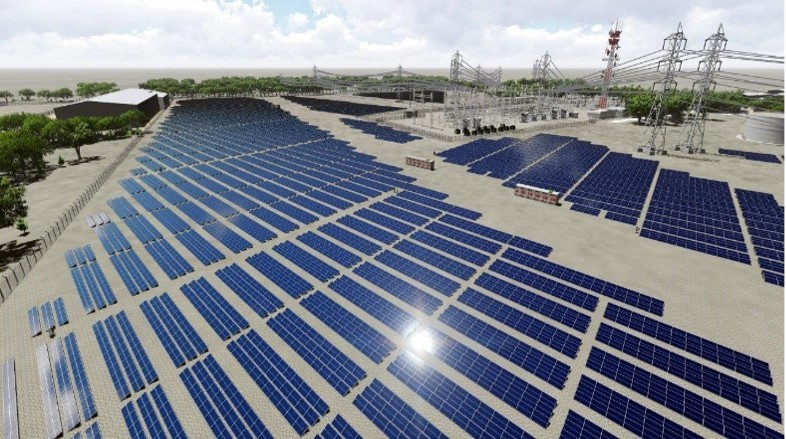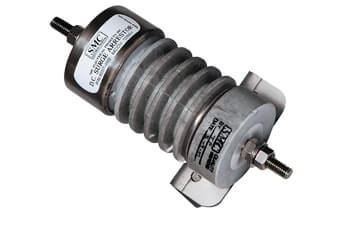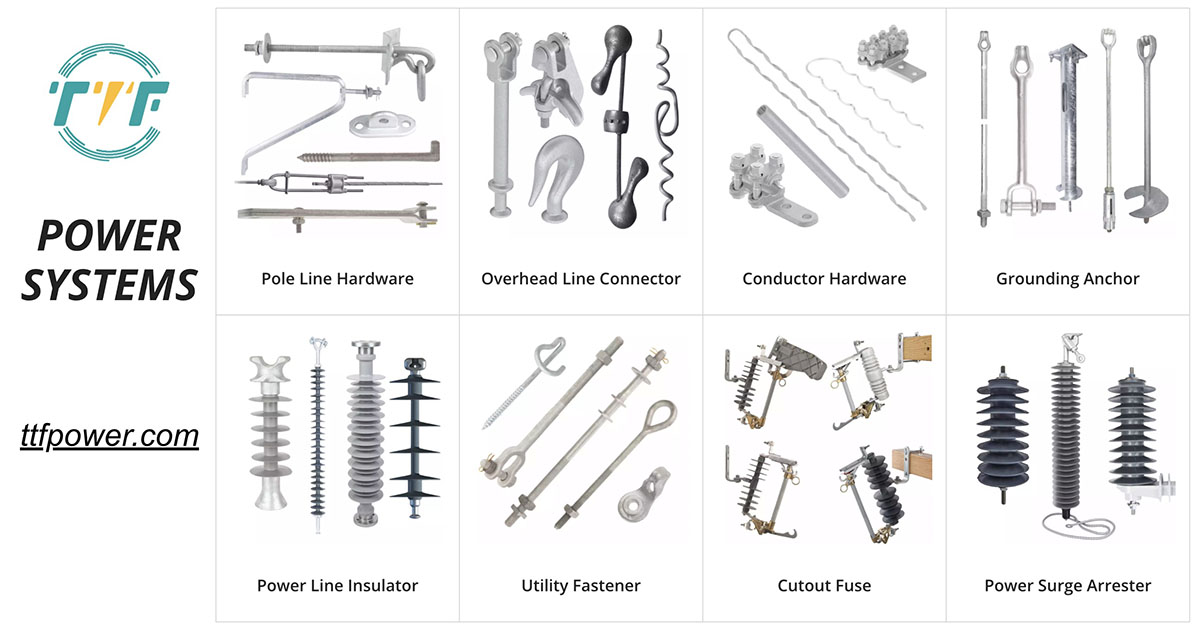
Colombia is enhancing its solar energy capacity as part of a larger initiative for renewable energy. The growing renewable part in the country requires upgraded transmission lines to incorporate solar power effectively. Improving these lines will ease efficient energy distribution, cut losses, and allow for a greater integration of renewable energy into the grid. Upgrading transmission lines will also enable the potential of its solar energy sector. This will assist the country in enhancing energy reliability, reducing expenses, and achieving its renewable energy goals. Colombia is putting money into high-voltage transmission lines to link the projects to the national grid. The transmission lines will ease cross-border connections with Ecuador and Venezuela to enhance grid dependability. Implementing digital oversight and automation in transmission networks can improve efficiency. Surge arresters protect solar farms and transmission lines from voltage surges.
High-quality surge arresters ensure grid reliability and lon-term solar plant performance. Surge arresters ensures safe integration of solar energy into Colombia’s national transmission systems. They protect step-up transformers and switchgear before energy enters the grid. Line surge arresters absorb excess energy to prevent voltage fluctuations that could disrupt grid stability. Switching surges can occur when solar plants inject power into high-voltage transmission network. They divert lightning-induced surges safely to the ground and protect both the plant and the grid. This helps extend the lifespan of insulators, conductors, and switchgear by preventing overvoltage-induced degradation.
The functions of surge arresters in Colombia’s transmission line upgrades
Surge arresters play a crucial role in the protection and reliability of Colombia’s transmission line upgrades. Surge arresters enhance grid reliability and support the integration of renewable enerrgy. They ensure a stable, efficient. Colombia’s tropical climates in regions like the Andes and the Amazon makes transmission lines vulnerable to lightning strikes. Exposure of transmission lines and solar panel arrays to direct strikes can cause insulation breakdown. The following are the common functions of surge arresters in transmission line upgrades.

- Protection against overvoltages – surge arresters protect the grid by diverting the high-voltage surges caused by lightning away from sensitive equipment. Surge arresters mitigate these surges and prevent damage to transformers, insulators, and other components.
- Enhancing grid reliability – surge arresters help maintain the stability and reliability of the transmission network. This is by preventing unexpected outages caused by overvoltages.
- Protective expensive equipment – transfomers, circuit breakers, and other high-value equipment in the transmission networks are vulnerable to damages. Surge arresters protect the equipment to reduce maintenance costs.
- Renewable energy integration – surge arresters can manage renewable energy fluctuations. This helps ensure smooth integration and grid stability. Colombia is integrating renewable energy sources like solar and wind into its grid.
- Long distance transmission – Colombia’s mountainous regions need long-distance transmission lines to connect power generation sites. Surge arresters protect the long lines from overvoltages to ensure efficient power delivery.
- Grid modernization – surge arresters reduce the need for repairs and downtime. This reduces operational costs for grid operators and ensure uninterrupted power supply.
Technologies that may facilitate improvements to transmission lines in Colombia
Colombia has implemented several advanced technologies and approaches to enhance its transmission lines and incorporate solar energy into the grid. These technologies are essential for adapting to the fluctuating characteristics of solar energy and enhancing grid dependability. The technologies might provide a dependable, efficient, and sustainable energy system as the nation moves towards a cleaner energy future. TTF is a world-class global provider of high quality overhead line hardware, transmission hardware, distribution hardware, conductors, insulators, cutout switches, anchoring and grounding products. These products are crucial for the integration of renewable energy into the electrical grid. Below are the technologies that could ease transmission line enhancements in Colombia.

- Grid-forming inverters – these allow solar energy systems to enhance grid stability and offer support. They can ease the incorporation of large-scale facilities into the grid.
- High-voltage direct current (HVDC) transmission is employed for long-range power transfer with reduced losses. These transmissions allow for reduced energy losses in comparison to alternating current (AC) over extended distances.
- Flexible alternating current transmission systems (FACTS) – these systems improve grid stability and manage voltage variations. It enhances the grid’s flexibility and reliability by incorporating variable renewable energy sources.
- Grid oversight and management systems – real-time supervision and control systems enhance grid efficiency. This encompasses supervisory control and data acquisition (SCADA) along with Phasor measurement units (PMUs).
- Energy storage systems (ESS) – these systems capture surplus solar energy when production is high and discharge it when generation is low. In Colombia, energy storage can stabilize the grid and offer backup energy.
